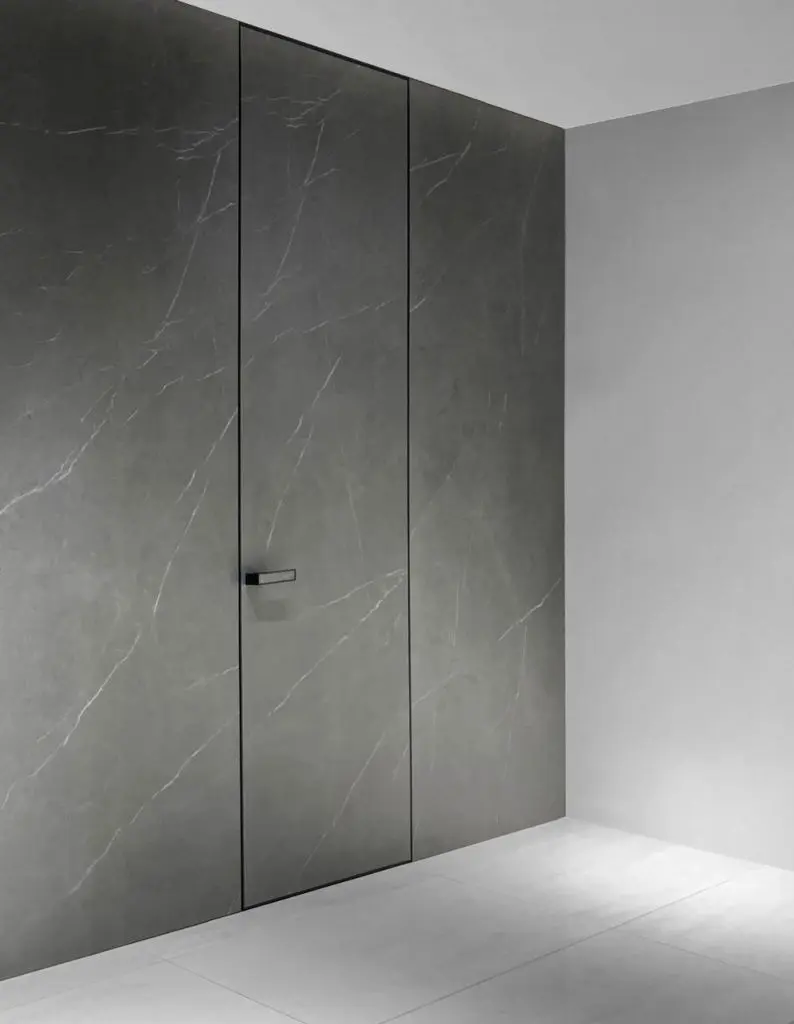
Panels - but what?
The main function of automotive glass is to protect passengers from the effects of weather conditions, as well as from the ingress of harmful particles of dust and dirt into the car interior. However, in order to properly fulfill the tasks assigned to them, automotive glass must meet a number of criteria, among which, first of all, safety, but also contributing to ensuring the appropriate rigidity of the car body structure.

From plain glass to lamination
The first windshields used in automobiles were no different from those that were installed in typical window frames. Due to the fact that large and sharp pieces remained after the breakdown, they were very dangerous for the driver and fellow travelers. This problem was solved only by the technology of glass tempering, which began to be used in the 50s. Thanks to him, automotive glass is much more durable than its "window" counterparts. In addition, they have another indisputable advantage: in the event of a break, the glass breaks into small, greased fragments. Another important milestone in the history of automotive glass was the use of laminating technology. What is it about? Two glasses are connected by a layer of plastic (at present, depending on the level of technical progress, even several layers are used). Thanks to this solution, even after breaking, the glass does not break into small fragments, but retains its shape. As a result, its damage does not have serious consequences for travelers, and besides, the glass can be replaced relatively simply and quickly - as a whole. Automobile glasses are mounted on glue technology. Thanks to this attachment to the body, automotive glass has another practical purpose: they have become load-bearing elements. The body itself received additional rigidity.
Hardened, laminated... and bulletproof
The side and rear windows used in modern cars are made using hardening technology. In turn, the "headlights" are laminated for the aforementioned safety reasons. The development of laminated are the so-called safety glass. They are distinguished by an additional layer of plastic that covers them from the inside (i.e. interior). Thanks to this solution, potential glass fragments do not fall into the interior of the car after they break. And finally, the most technologically advanced glass used in special modes of transport, colloquially known as bulletproof. They usually consist of multiple layers of glass separated by at least two layers of plastic. It is the latter that are responsible for "stopping" the projectile inside them.
Heated and anti-heat
In modern cars, windshields are also equipped with a heating function. For this purpose, so-called tungsten wire resistance wires are used. It is placed horizontally or vertically over the entire surface of the glass. Sometimes automotive glass requires very different properties. An example is glass, which absorbs the penetration of heat or cold into the interior, allowing it to be reduced by up to 20%. compared to standard glass. The latest vehicles also use glass that reflects harmful infrared radiation – up to five times more than conventionally used glass. How is this achieved? Between the glass layers and the plastic layer is placed a special foil that reflects the radiation. Thanks to the use of such glass, even on the hottest summer days, the car interior remains cool, and the driver and fellow travelers are not exposed to harmful radiation, especially during long vacation trips.
